12V or 6V – How to Choose the Best Battery for Your Kids Car?
The greatest type of kids car battery is one that doesn’t need to be replaced. That’s why it’s critical to match your power needs to the right battery type — and to maintain your rechargeable batteries fully charged when not in use. This post will go through the advantages and disadvantages of both 12v and 6v batteries so you can figure out which one is right for you.
12V or 6V: Which is the Best Battery for Your Kids Car?
The most crucial information regarding a car battery is whether it is 12V or 6V. For example, if you’re looking for a ride-on vehicle on TOBBI and notice a lot of 12V and 6V electric kids car, you might wonder what the difference is between the two types. Simply said, 12 volts is higher than 6 volts. Short circuits are the most common cause of automobile battery failure. These circumstances emerge because the battery linked to the AC grid has 1.6V “open” circuits while the battery linked to the DC grid has 1.6V “closed” circuits. Because the voltage between the terminals is not the same, a battery short circuit occurs. The battery voltage is VOUT in the example below. The AC current flows in the opposite direction when there is a short in the primary circuit. This is why 6V and 12V batteries are used in all DC autos. Volts (with a “v” prefix) is used to measure the voltage across the terminals. The “reference voltage” is the common reference voltage across the terminals. The amount of current flowing in the AC circuit is referred to as “current.” 60A is a typical reference current. The DC current flows in the opposite direction when there is a short in the secondary circuit. This is why 12V batteries are used in all DC cars. A typical cell is made up of three parts: These crucial elements are listed below. Aluminum anode and nickel-chromium anode are two common names for the electrolyte chemical. The electrolyte components contained in a typical car battery. HCL solution diluted in distilled or lye water serves as the electrolyte. At a battery shelf life of 5–10 years, the dried electrolyte is employed for cell maintenance. The electrolyte functions as an insulator in the electrochemical process. The electrolyte stops adsorbing as it dries out, preventing internal short circuits from developing inside the battery. As a result, static electricity has no effect on the battery.
12v vs. 6v Batteries: Pros and Cons
6v batteries are used in lighter-duty applications like mobile phones and electric kids cars, whereas 12v batteries are utilized in heavy-duty applications like forklifts, golf carts, and boats. Each variety has advantages and disadvantages, so it’s crucial to know the distinctions before making a purchase. Most people prefer 12v (120a) and 6v (60a) batteries in a car or truck. They can charge a car rapidly without having to wait for an outlet or plug it in. In fact, your car’s battery pack can recharge itself 100 times. These batteries come in a variety of sizes, with the primary distinctions being the voltage and the rate at which they recharge. At roughly 40V, a 60A pack can charge a vehicle’s 60Ah battery. This is not the sort of battery to buy if you need your battery to endure for a whole drive. The same 60Ah battery may be charged at roughly 25V using a 45A pack, which is somewhat more powerful and hence a better alternative for powering longer drives. The higher the battery’s voltage, the more power it can deliver. Batteries not only charge faster, but they can also store more energy. According to a study released by ebike-e, charging batteries lose between 240W and 270W of power due to heat, which is why 240A or 480A are favored over lower-power relatives like 60A. The battery will be harmed if it is charged to a voltage of 40 volts or greater. The higher the voltage, the faster the heat accumulates. A hasty charge at 40V accelerates the wear on the cells, resulting in early failure. This type of charging is inconvenient for the common user; instead, utilize standard home chargers and full-charge equipment. A 12-volt battery contains two terminals, one positive and the other negative. Because different voltages and charging rates might harm one of them, it’s critical to take precautions.
Choose the Right Battery to Meet Your Needs
When choosing a battery for your project, there are a few factors to keep in mind. What is your project’s current draw, for example? What are the battery’s voltage and current rating? Are you going to be able to recharge the battery? Is the battery easy to get by? Depending on the project you’re working on, the sort of information you’re looking for will change. A 3D printer, for example, needs knowledge of the battery’s chemistry, capacities, and charging specs. In terms of charging requirements, a bicycle has the same characteristics. The current drawn by a hot-swap battery, on the other hand, is determined by its chemistry. The benefits and drawbacks will be discussed below. We recommend a lithium-ion battery with at least 99 percent energy retention for dependability. This may be accomplished by selecting a battery with low internal resistance, a low internal flashpoint, and effective thermal control. Furthermore, the newer rechargeable battery models have operational restrictions that should be taken into account. Regarding individual rechargeable batteries, consult your user manual or the manufacturer. An acid-free battery is even more crucial if your project necessitates safety precautions.
How to Keep the Battery of Your Kids Car Charged?
If you can’t find a battery charger that works with your car, you may use a 12-volt battery charger like the one you’d use for a lawnmower or snow blower to charge the battery. A higher amp vehicle battery charger will charge your automobile faster than a lower amp charger. However, because batteries deteriorate with time, you’ll need to let yours run down for at least a week before expecting it to last five years.
You might be interested in:
Participating In The Funding of Your Child’s Higher Education
The harmful effects of gender-specific toys on a child’s development
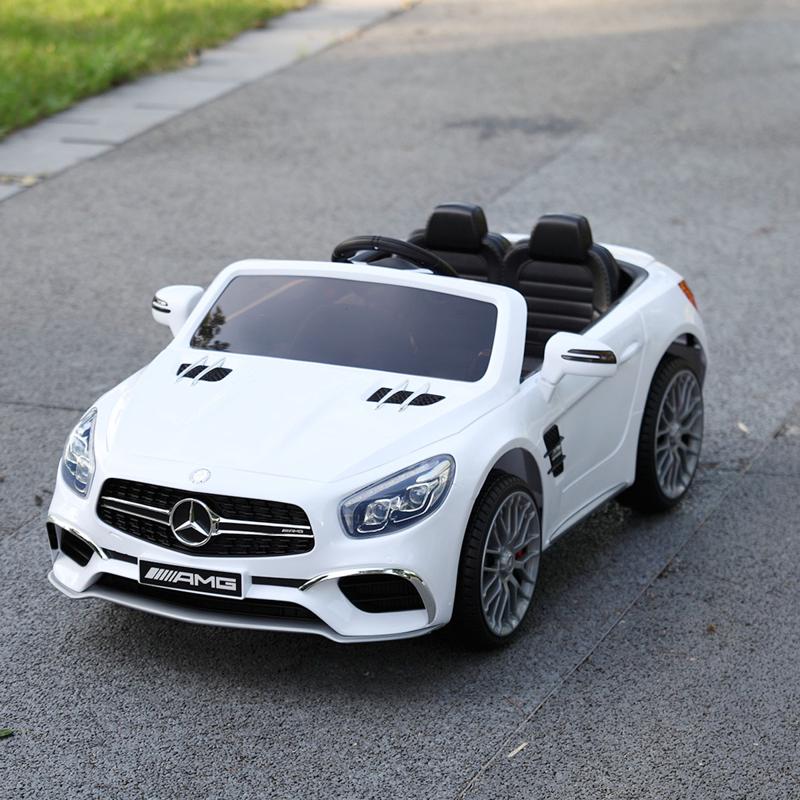


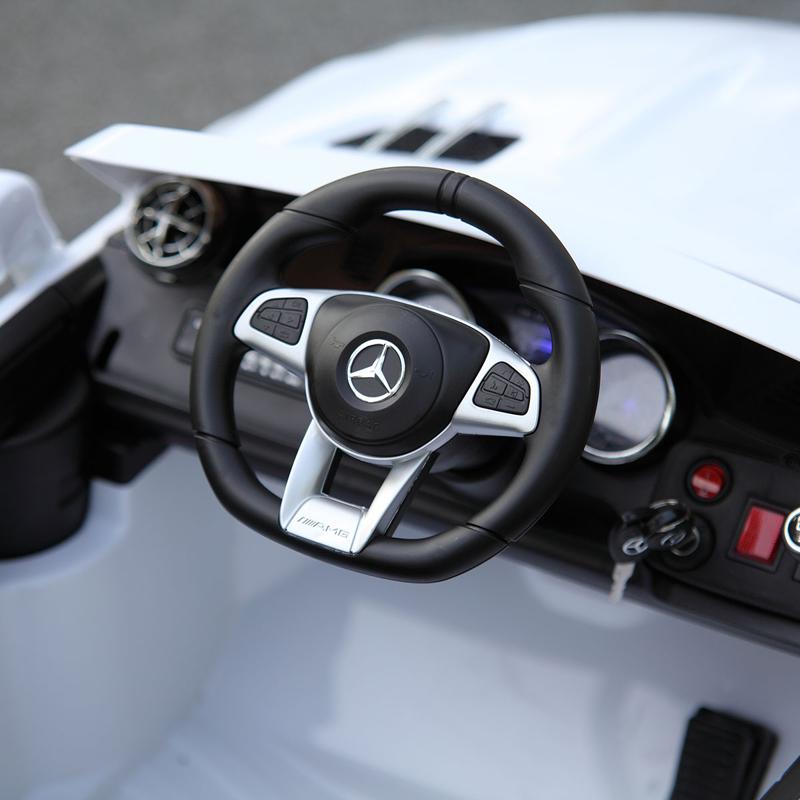
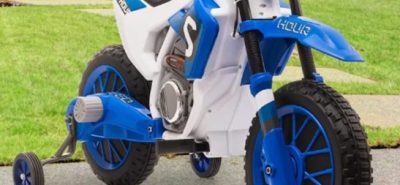
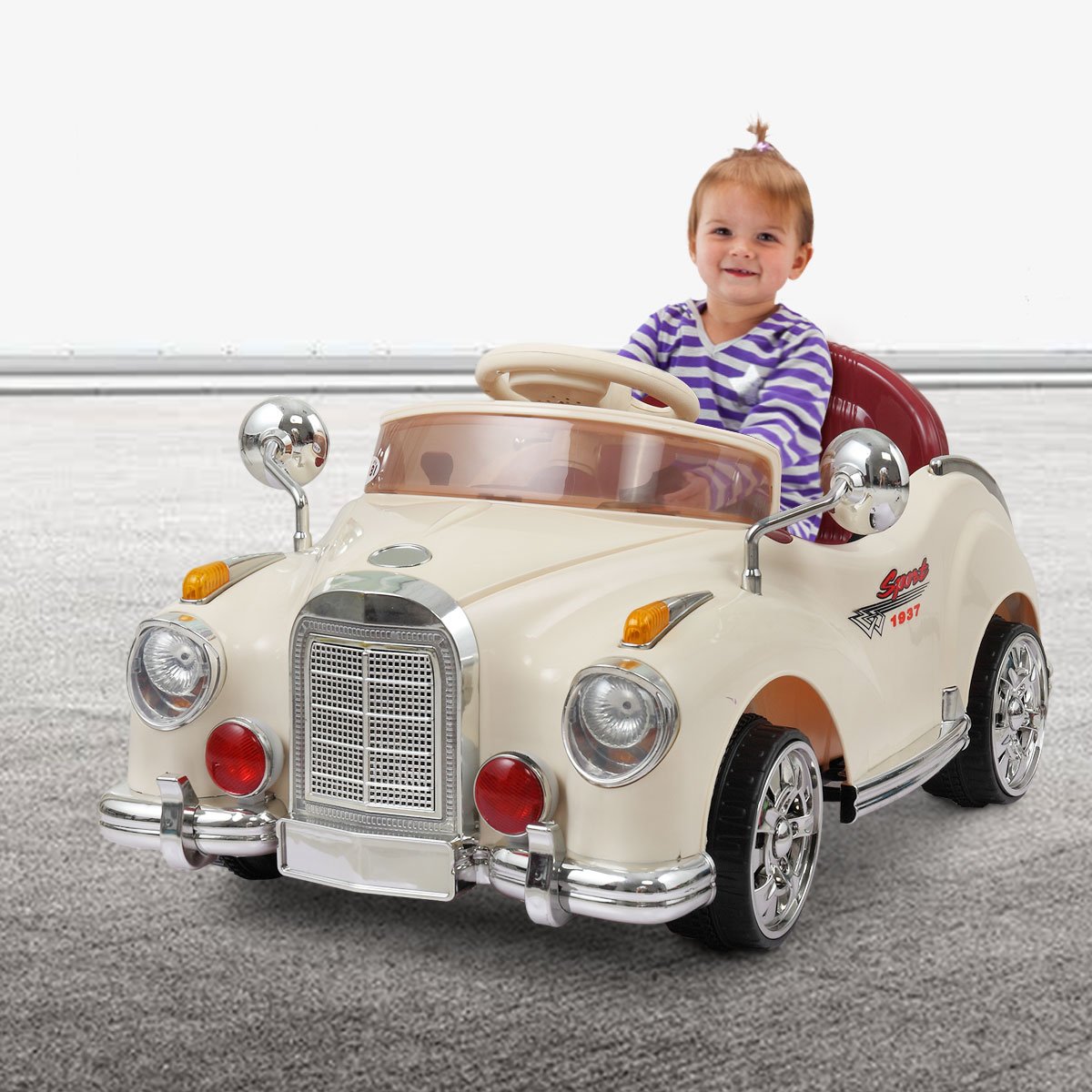



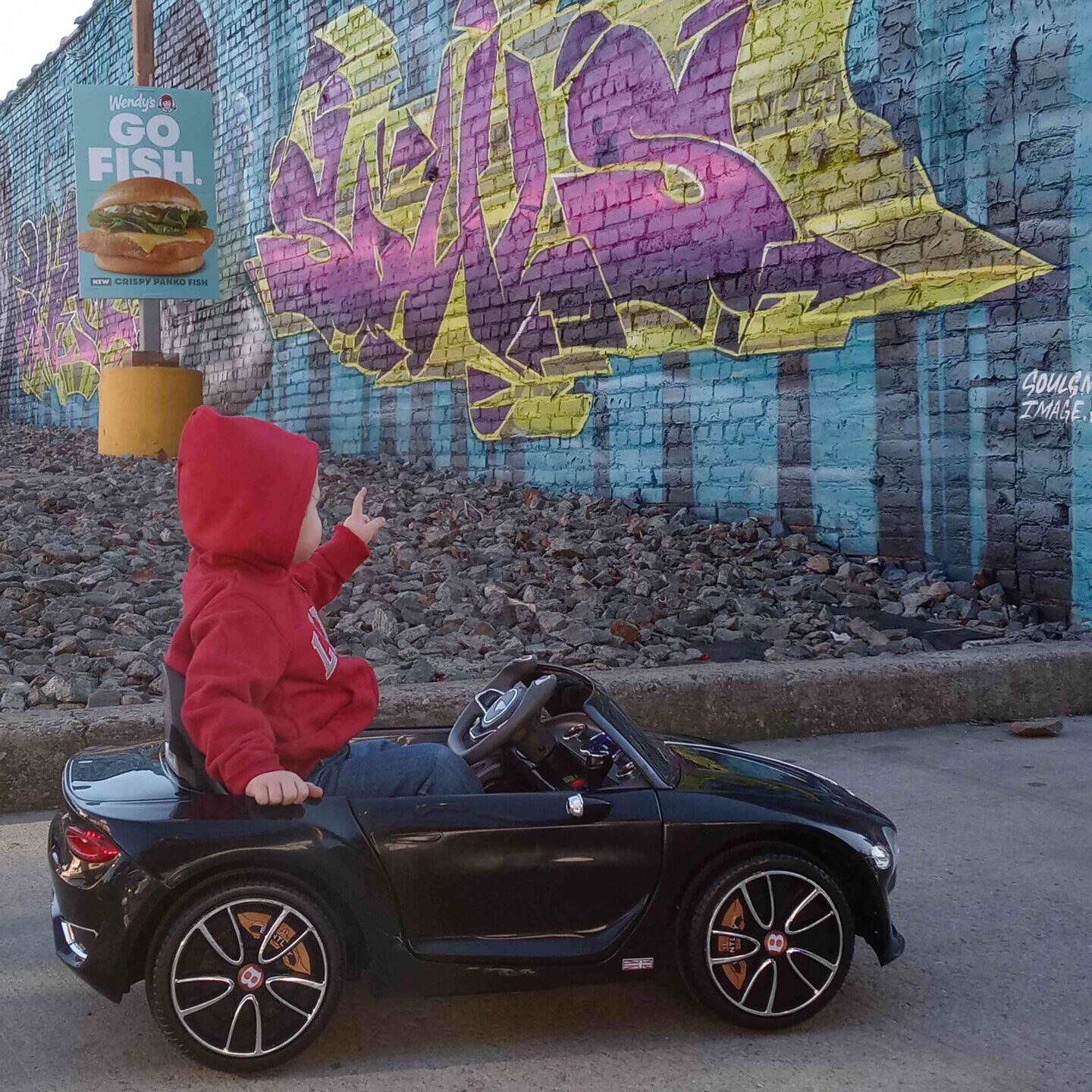



LEAVE A COMMENT
You must be logged in to post a comment.